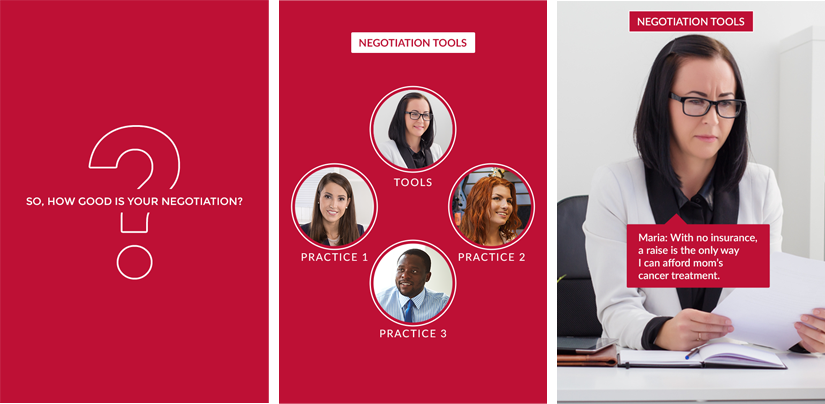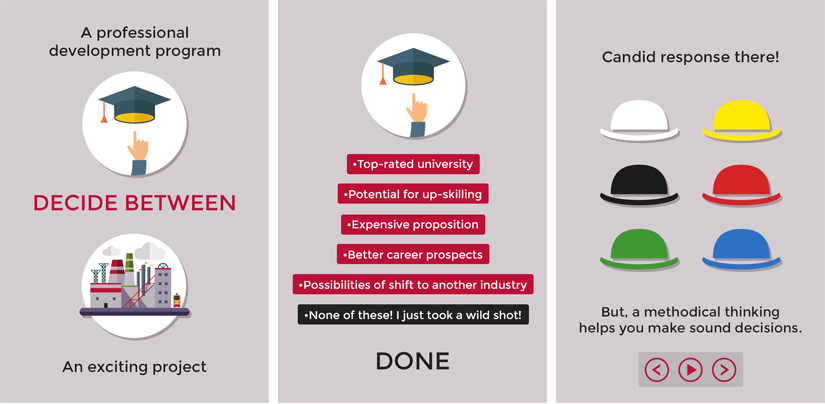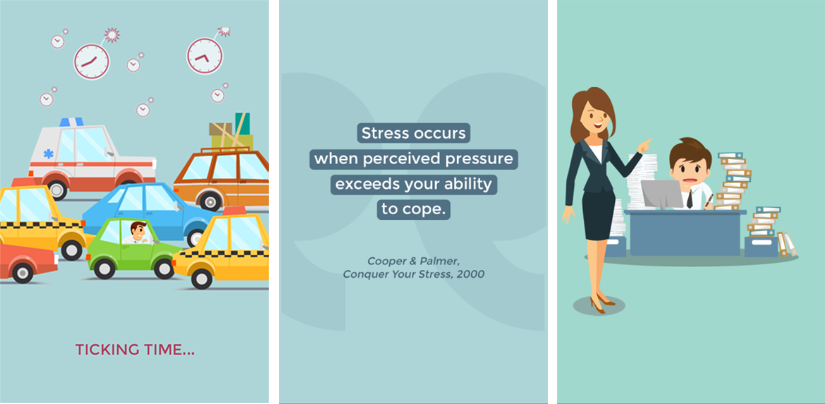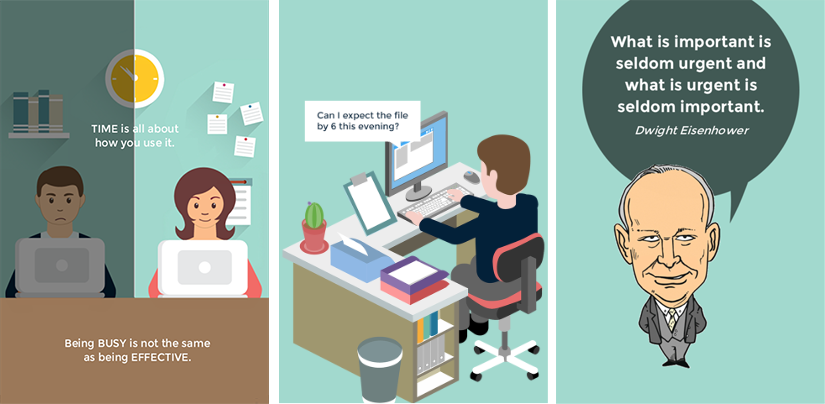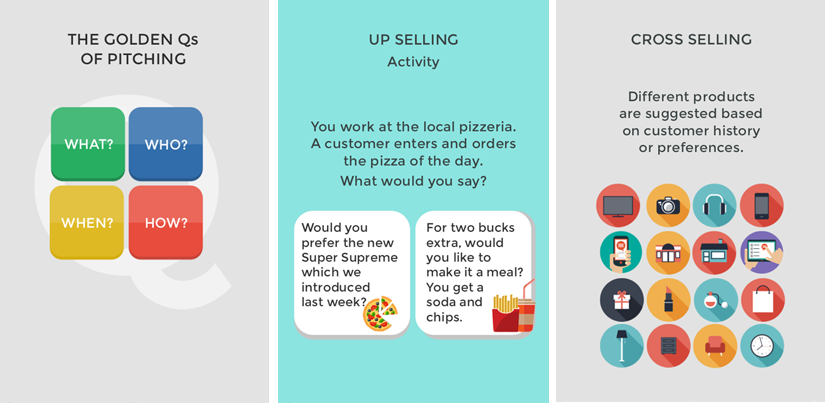In this age of instant gratification, a multitude of devices are placing demands on the attention of learners of all levels and age groups. And organizations are looking to take advantage of this multi-device scenario and motivate an always-connected workforce to perform better.
There is a common belief that mobile learning involves making an e-learning course work on mobile devices. This is true, but only partially. While there still is a place for mobile versions of e-learning courses, it is dying out fast.
We develop true multi-device learning that takes into consideration the affordances… of the devices a course is designed for, such as:
- Learning in short bursts; examples of this could include micro-learning modules that learners can take at their own time and pace, such as a video explaining negotiation basics for learners to go through before a face-to-face session
- Spaced retrieval and distributed practice; amazing tools for beating the ‘forgetting curve’, distributed practice sessions could include repeated reinforcement of concepts covered in a formal learning module, in the form of case studies, quizzes or mini-games sent out to learners at regular intervals
- Just-in-time performance support; these could include job aids that are made available in the moment of need, such as a brief note on the features of a product that a sales person can refer to before meeting a customer
- Triggered action planning; these are pro-active prompts to urge users to perform their job in a certain desired way; for example, a safety warning that pops up on the user’s device when she approaches a certain area in a manufacturing plant
We have successfully implemented several mobile-web and app based solutions for learning and performance support, covering a wide range of iOS and Android devices.

